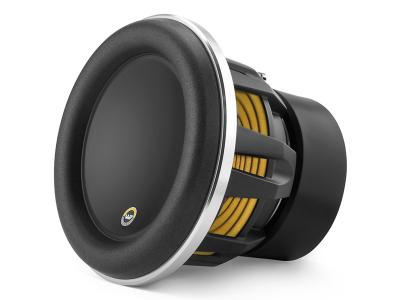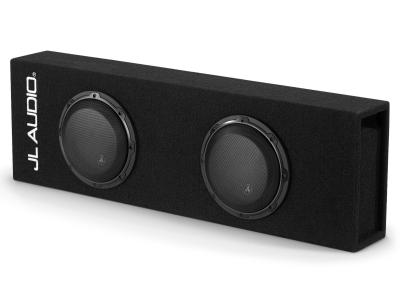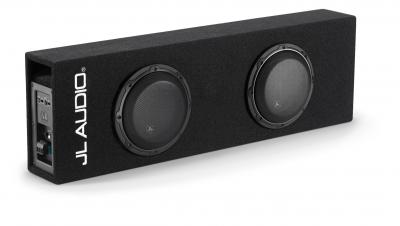JL Audio Dual 8W3v3 MicroSub Amplified Subwoofer - ACP208LG-W3v3
| $1,869.95 |
Amplified Subwoofer System with Dual 8W3v3-0.40 Subwoofers, Built-In 500W Class D Amplifier, Black Carpet - Ported Enclosure.
With MicroSub+™ systems, the power is built right into the subwoofer system. Housing a proprietary Class D amplifier, this incredible subwoofer system utilizes our exclusive DCD™ amplifier technology to extract maximum output from its specially engineered, ultra low-impedance W3v3 drivers. By combining direct power conversion with an ultra-high current output section, DCD™ amplifiers are free of conventional switching power supplies, enabling them to generate remarkable power with unprecedented efficiency.
Key to the enclosure’s performance is its efficient slot-ported design and precise tuning of its dual 8Wv3 Subwoofers, each in its separate airspace. Extensive interior bracing permits the use of thinner wall material that maximizes the enclosure's internal volume relative to its exterior volume. The port for each driver wraps around two walls of the enclosure to produce the necessary low tuning frequency that ensures excellent extension and response smoothness. The two flared port entries/exits, one on each end of the enclosure, further enhance sound quality by minimizing air-flow noises through each port.
Integration to OEM and aftermarket head units is a snap thanks to a variety of input options and automatic turn-on capability (via signal sensing or DC offset sensing). Also included is a variable frequency low-pass filter (50-200 Hz), along with output polarity control switch. Adding an optional RBC-1 remote level control (sold separately) lets you control subwoofer levels directly from the driver’s seat. A quick-disconnect power connector makes it easy to remove the subwoofer when you need the extra space. As with all MicroSub™ systems, these amplified versions produce the kind of output and extension normally associated with much larger systems.
Finish: Black, high-grade automotive carpet with silver "JL AUDIO" embroidery on front baffle. Steel mesh grilles are included to protect the Subwoofers.
Construction: CNC-Cut High-Grade MDF
Nominal Impedance: 0.20 Ω
General Specifications
- System Nominal Impedance:0.20 Ω
- Input Voltage Range @ RCA Inputs:70 mV - 1.40 V RMS
- Input Voltage Range @ High-Level Inputs:280 mV - 5.4 V RMS
- Recommended Copper Power / Ground Wire Gauge:8 AWG wire
- Fuse Rating:30 A (ATO or ATC)
- Enclosure Type:Slot-ported, Low-profile
- Finish:Black carpet
- Grille Included:Black Steel Mesh
Signal Processing
- Filter Mode(s):Low-Pass only
- Filter Slope(s):12 dB/octave
- Filter Frequency Range:50 Hz - 200 Hz
- Output Polarity Switch:Yes
- Remote Subwoofer Level Control:Optional (RBC-1)
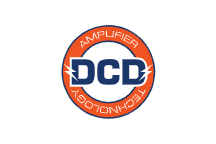
TECHNOLOGY
DCD™ Amplifier Technology
Summary:
The most efficient subwoofer amplifier technology on the market delivers impressive power with minimal current draw and heat.
Detailed Information:
The conventional way to get high power in a car amplifier is to use a switching power supply. This increases the battery voltage from its nominal 12V to something higher–the more powerful the amplifier, the greater the required voltage. This power conversion is never perfectly efficient–about 10% of what goes into the amplifier is wasted and ends up dissipating into heat.
JL Audio's Direct Conversion Class-D Technology (DCD™) innovates by eliminating the need for this power conversion step entirely. Because we are still bound by the laws of physics, the lack of a step-up power supply means we have to extract as much power as possible from the vehicle's 12V supply. If we were to connect a DCD™ amplifier to a conventional 4-ohm subwoofer with this limitation in place, we would only achieve about 25 watts, and we all know that powering a subwoofer requires a lot more power than this.
To overcome this obstacle, the DCD™ amplifiers have been designed to drive extremely low impedance speaker loads–as low as 1/4-ohm (0.25 ohm)! With these very low impedance loads, we can deliver up to 500 watts of clean power, subwoofer power. Those who know Ohm's law and that nothing is free realize that this will require a lot of current to flow, and that's exactly what DCD™ is engineered to deliver...over 50 Amps peak into a speaker!
To deal with these high current amounts, the special, very low-impedance JL Audio Subwoofers used with DCD™ amplifiers are engineered with unique voice coils and tinsel leads. Connections between the amplifier and speaker are made using special heavy gauge speaker cable, with special attention paid to connection integrity to deal with the high current output.
The benefit of all this effort is that DCD™ amplifiers completely avoid the losses associated with a switching power supply, allowing the entire amplifier to achieve total power efficiencies in the 91-94% range. This is very close to the theoretical limit for Class-D efficiency and results in very little heat being generated. All of this allows for a very compact, powerful amplifier that can fit in some of our most space-efficient enclosed systems.
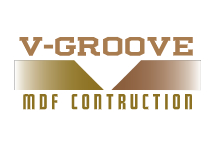
V-Groove MDF Construction
Summary:
This advanced cabinet-building technique uses CNC-machining to create precise panel joints that make enclosure assembly more efficient and exact.
Detailed Information:
We begin with quality medium-density fiberboard, which is then machined on our CNC-controlled KOMO woodworking stations. These powerful machines are able to cut a wide range of features onto a sheet of MDF, with minimal waste and absolute precision. The KOMO machines cut out the woofer holes, terminal holes, cut dado grooves, create countersinks and most importantly, cut the angles at the edges of the panels that form the enclosure's main shell so that these panels fit together precisely, with no gaps or leaks.
Once the panels are cut, assembly technicians line them up in the correct order and glue their outer faces onto a long piece of carpet, creating a "wrap": a long series of panels, hinged temporarily by the carpet. In the next assembly step, our wood assembly teams fill the V-grooves between the panels and any dado grooves that receive dividers or secondary wraps with wood-glue. Once the glue is applied, the enclosure shells folds together along the V-grooves, capturing dividers in the dado grooves and secondary wraps, and evenly spreading the glue throughout the joints. One line of mechanical fasteners is applied to hold the structure together while the wood glue dries.
The V-groove technique greatly improves assembly efficiency, and also results in a far stronger and better sealed enclosure than the typical butt-joint construction found on imported enclosures. The quality of the MDF used in JL Audio systems is also vastly better than the typical "China-Grade MDF" used in the imported products.

Flared Slot-Port
Summary:
The flared slot-port design reduces turbulence at the port mouth so as to minimize any audible airflow effects common to ported enclosures.
Detailed Information:
While ported enclosures deliver important efficiency advantages over their sealed counterparts, they also present unique design challenges. In car audio, the desire for lower tuning frequencies from small enclosure volumes leads to long port lengths that often require compromising the port area. These compromises lead to higher airflow speeds through the port, which can create noise as the air is driven across the edge of the port. The flared port design minimizes these airflow effects by providing a smooth transition for the high-speed air flow, rather than an abrupt termination. The result is less noise and cleaner-sounding bass.
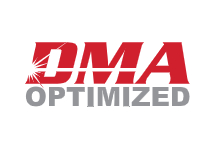
Dynamic Motor Analysis - DMA Optimized Motor
Summary:
JL Audio's proprietary Dynamic Motor Analysis system is a powerful suite of FEA-based modeling systems, first developed by JL Audio in 1997 and refined over the years to scientifically address the issue of speaker motor linearity. This leads to vastly reduced distortion and faithfully reproduced transients... or put simply: tight, clean, articulate bass.
Detailed Information:
Since 1997, JL Audio has been at the forefront of Finite Element Analysis-based modeling of loudspeaker motors and suspensions. This research is aimed at decoding what we refer to as the "Loudspeaker Genome"... a project aimed at understanding the true behavior of loudspeakers under power and in motion. A major component of this integrated system is DMA (Dynamic Motor Analysis). Starting with the 15W3 and the W7 Subwoofers in the late 1990's and early 2000's, DMA has played an important role in the design of all JL Audio woofers sold today, including our component woofers.
DMA is a Finite Element Analysis (FEA)-based system, meaning that it takes a large, complex problem, breaks it down into small solution elements for analysis and then assembles the data to form an accurate, "big-picture" solution. DMA's breakthrough is that it actually considers the effects of power through the coil as well as coil/cone position within the framework of a time-domain analysis. This gives us a highly accurate model of a speaker's actual behavior under real power, something that the traditional Thiele-Small models or other low power measurements cannot do. Because DMA does not rely on a steady-state model, it is able to consider shifts in the circuit elements being analyzed. These modeling routines are intense, requiring hours to run for a whole speaker.
DMA is able to analyze the real effects of fluctuating power and excursion upon the magnetic circuit of the motor, specifically the dynamic variations of the "fixed" magnetic field. This delivers intensely valuable information compared to traditional modeling, which assumes that the "fixed" field produced in the air gap by the magnet and the motor plates is unchanging. DMA not only shows that this "fixed" field changes in reaction to the magnetic field created by current flowing through the voice coil, but it helps our engineers arrive at motor solutions that minimize this instability. Analyzing this behavior is critical to understanding the distortion mechanisms of a speaker motor and sheds light on the aspects of motor design that determine truly linear behavior:
- Linear motor force over the speaker's operational excursion range
- Consistent motor force with both positive and negative current through the coil
- Consistent motor force at varying applied power levels
Our ability to fully analyze these aspects of motor behavior allows our transducer engineers to make critical adjustments to motor designs that result in extremely linear, highly stable dynamic loudspeaker motor systems.
The payoff is reduced distortion, improved transient performance and stellar sound quality.

Vented Reinforcement Collar
Summary:
JL Audio's Vented Reinforcement Collar (VRC®) improves the rigidity and stability of the cone/spider/voice coil junction and directs airflow over the voice coil windings for improved thermal performance.
Detailed Information:
The Vented Reinforcement Collar (VRC®) is a composite structure that addresses two issues related to reliability.
By reinforcing the critical junction between the cone, voice coil and spider, the VRC greatly reduces failures due to glue breakdown or material weakness. It does this by greatly increasing adhesive contact area and providing stress relief to the spider material at excursion extremes.
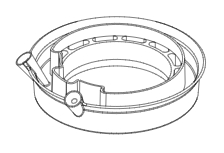
The VRC™ also features slots that facilitate air flow directly onto the voice coil windings. This reduces thermal compression effects and enhances reliability.
Current versions of the VRC™ also incorporate lead-wire strain relief structures to improve mechanical reliability.
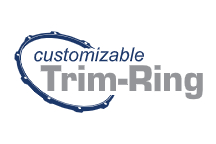
Customizable Trim Ring
Summary:
This removable ring can be painted to match the installation theme and directly receives JL Audio grille mesh inserts (sold separately).
Detailed Information:
This ABS trim ring is molded in black, but that doesn't mean it has to stay that way. By custom painting it, you can match your installation theme and create a personalized look.
Specifically-designed grille mesh inserts are available separately and fit into the inner diameter of the trim ring.
Helpful Tip: Installing the grille mesh inserts is much easier before mounting the woofer into the enclosure.
Write a review
Featured Products
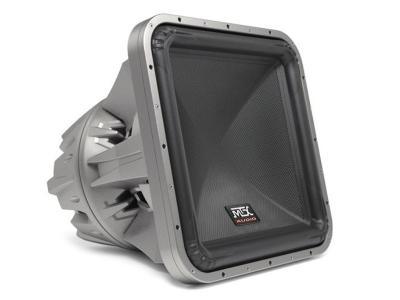
TS9924-22
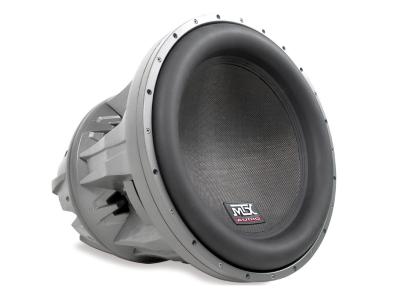
T9922-22
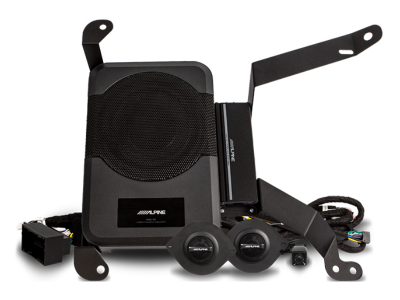
PSS-23WRA2
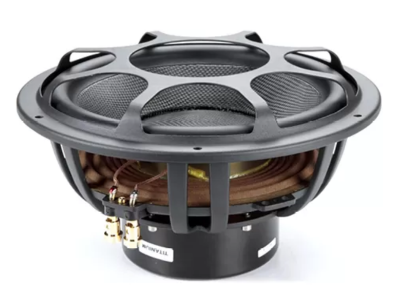
MOULTIMOTi122

MOULTIMOTi124
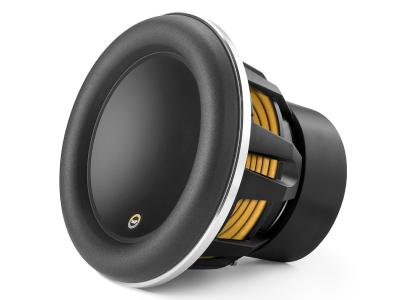
13W7AE-D1.5
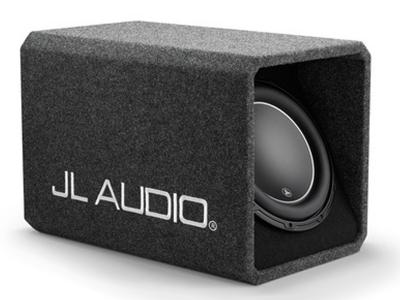
HO112-W6v3
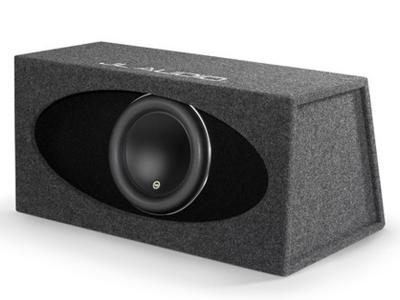
HO112R-W7AE
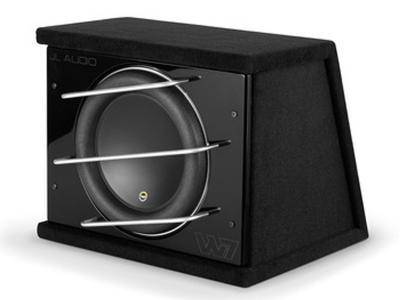
CLS113RG-W7AE
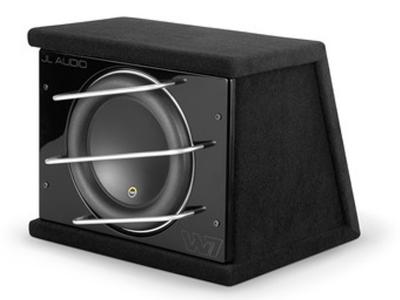
CLS112RG-W7AE
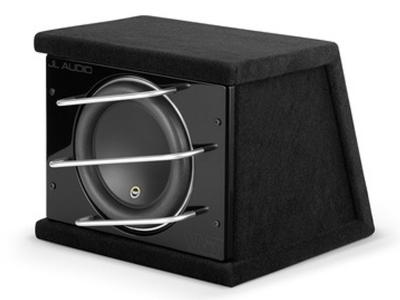
CLS110RG-W7AE
